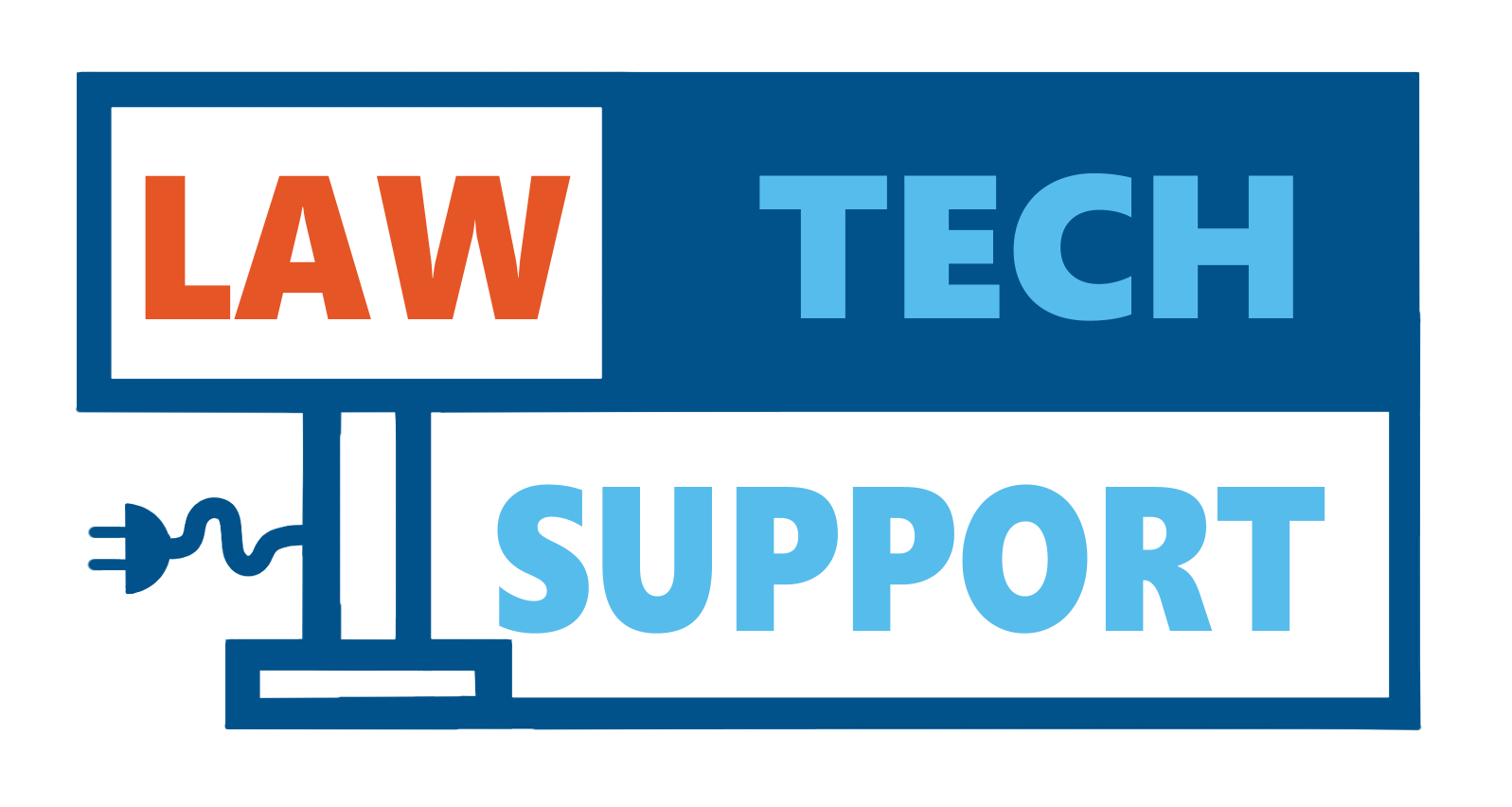CALI Lessons
CALI [The Center for Computer-Assisted Legal Instruction] is a resource provided by Pepperdine Caruso School of Law for students that includes over 1,000+ interactive online tutorials written by law professors, on 50+ subject areas. This includes, but is not limited to topics such as, 1L-First Year Lessons, 2L-3L Upper Level Lessons, Administrative Law, Tax Law, […]
